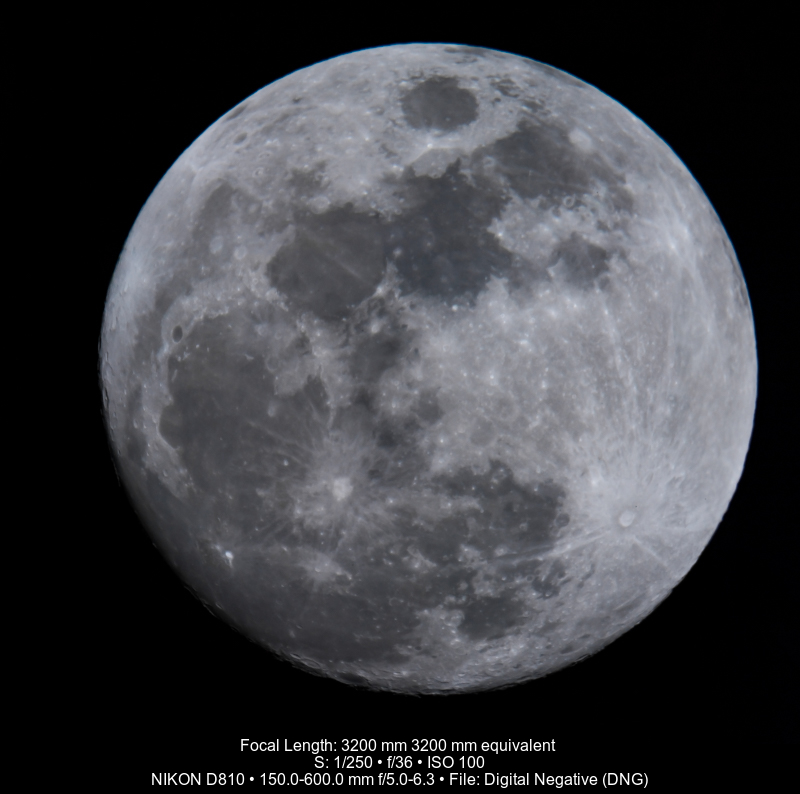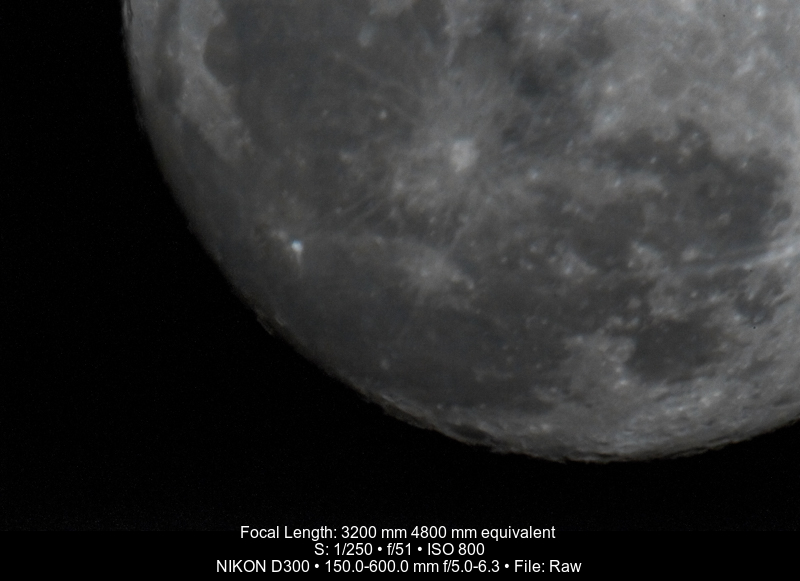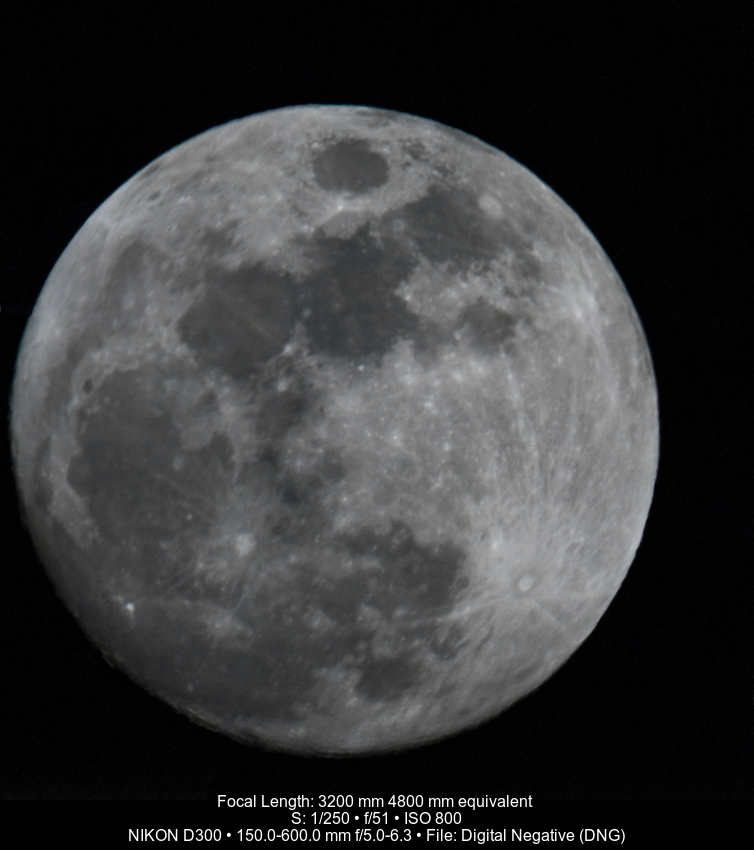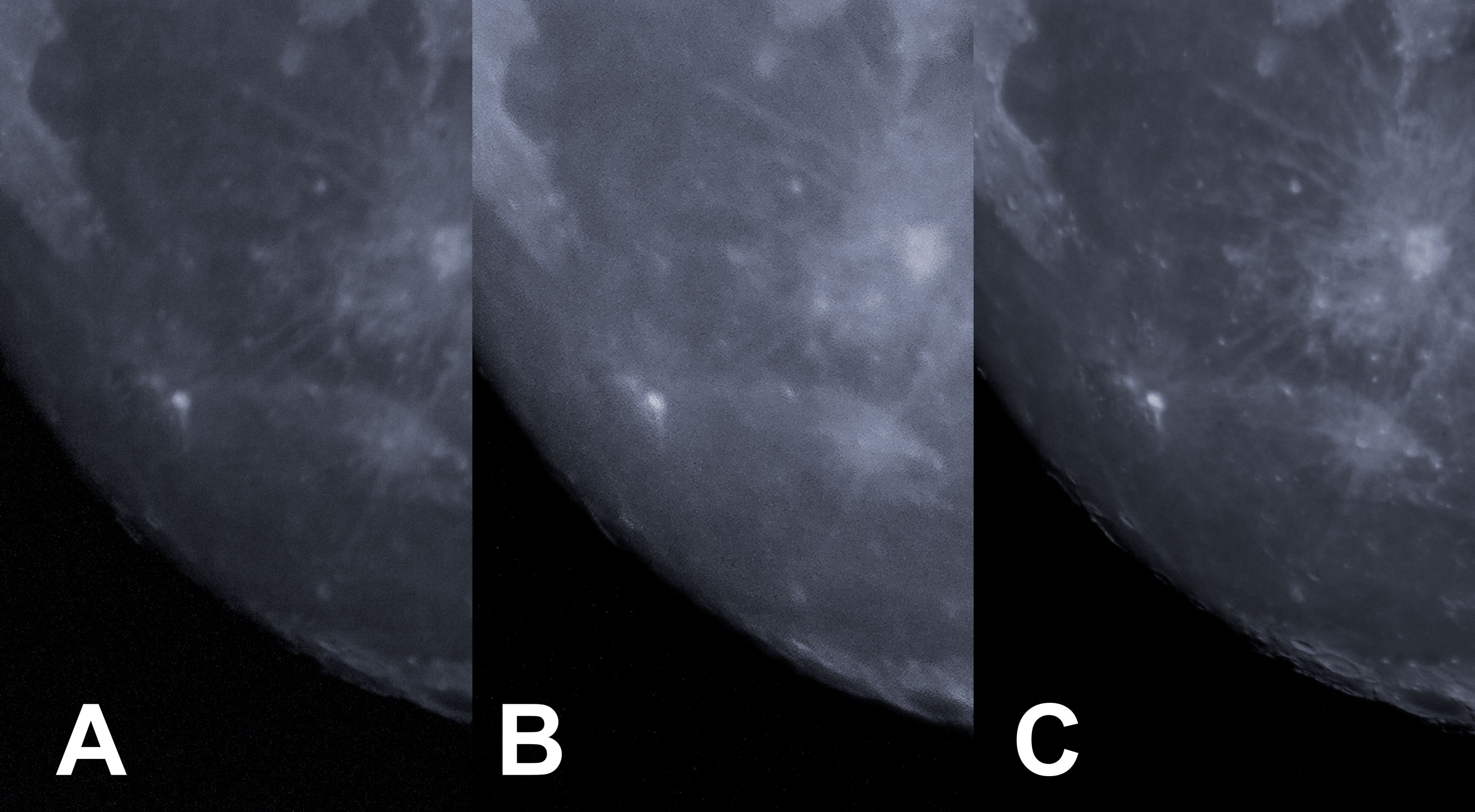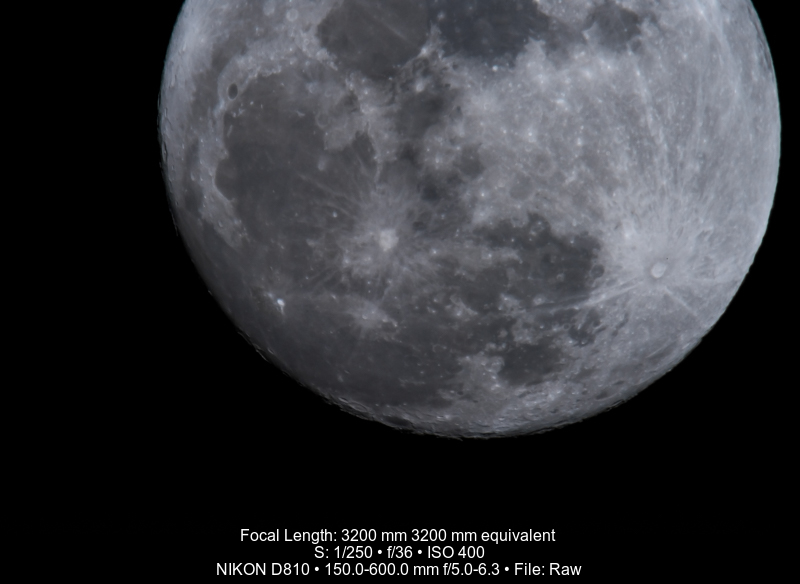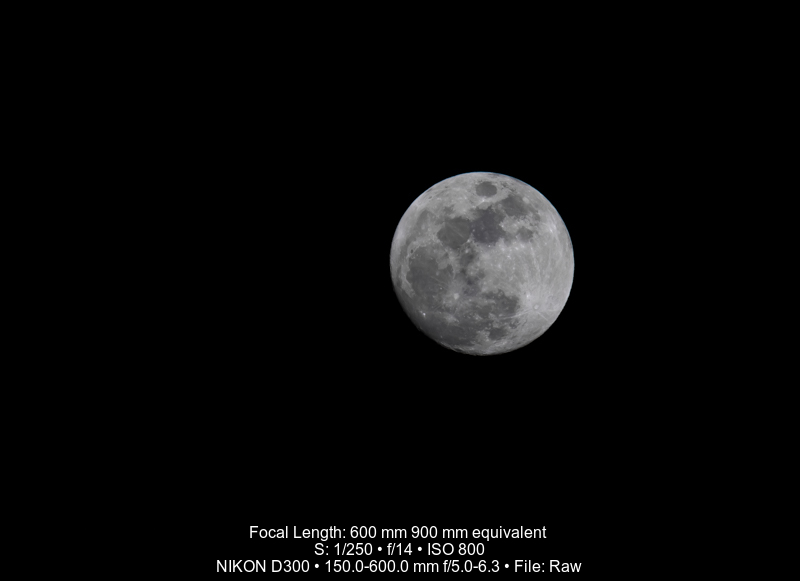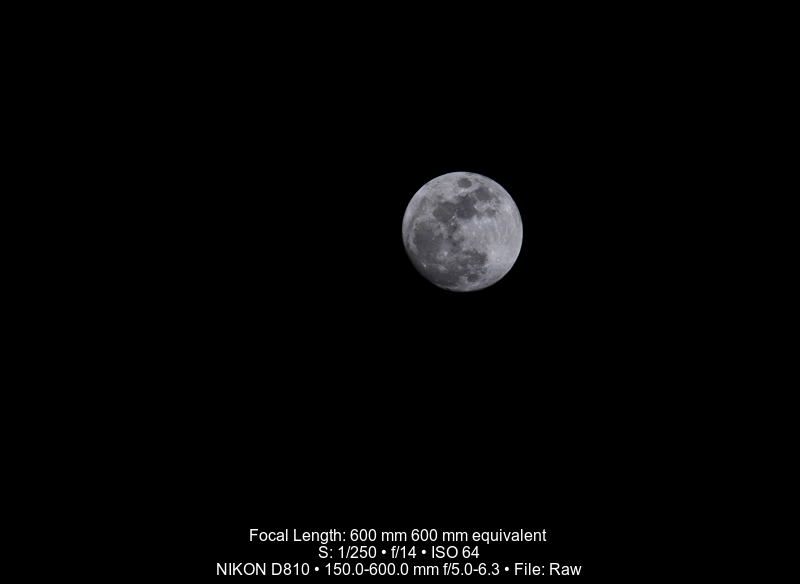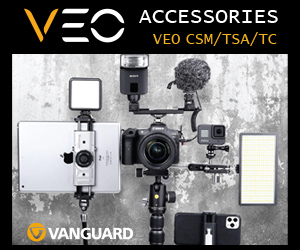Teleconverters with SP 150-600mm F/5-6.3 Di VC USD G2
Tamron Canada recently released the new SP 150-600mm f/5-6.3 Di VC USD G2 – Model A025 – and compatible teleconverters – 1.4x and 2.0x – Model TCX-1.4 and TCX-20. The one thing I learned is that you couldn’t stack the teleconverters – it was one or the other as they physically wouldn’t combine.
I recently got my hands on some Kenko teleconverters – Telec DGX Pro 1.4x and 2x – and discovered that I could stack them, and I could stack them with one of the Tamron teleconverters. I tried stacking four teleconverters without success, They physically wouldn’t all fit together.
In my possession – 1.4x and 2.0x Kenko teleconverters, a 2.0x Tamron teleconverter and a 600mm Tamron lens. I now had a 3200mm lens combo! On the crop body – 4800mm equivalent focal length!!
I needed light – a LOT of light. The combination of three teleconverters and lens yielded a max aperture of f/36 on my Nikon D810 FX body and f/51 on my Nikon D300 DX body!!
Now I needed something to shoot.
I tried photographing birds in the daylight – the contrast in the images was very soft. The results were fun, but not very interesting. The other challenge – everything was manual focus and the actual Depth of Field was razor thin!
However, I was pleasantly surprised that Tamron’s Vibration Compensation (VC) worked exceptionally well with all those converters attached. Even with a sturdy Vanguard ABEO Pro tripod, the VC was a life saver and allowed me to use slow enough shutter speeds to keep the ISO low. I was very limited by the amount of light coming in.
There wasn’t another supermoon, but with the focal lengths I was stacking together, I could make the regular moon look “super”.
And could I!! After taking reference images without the teleconverters, using both full frame and crop bodies, it was time to jump right to the total package with 3 teleconverters.
The image above leaves me with one question – what gives me the best image quality at maximum zoom? Is it cropping from a telephoto lens by itself on a full frame camera? Could it be the DX camera and teleconverter/lens combo? Or does the best image quality come from adding all the glass of the teleconverters on the D810? What’s your guess? A, B or C?
With the full frame body, it took 2 images to cover the entire moon. I couldn’t fit the entire moon in one frame.
When I switched to the crop frame camera, it took 6 shots to cover the whole moon! This was fun!!
I brought the photos into Adobe Photoshop Lightroom CC and made my colour corrections there. The new Photo Merge tool did a great job of aligning and blending the multiple exposures into one image. Photo Merge creates a raw DNG file, so I could still apply my edits after the merge.
To answer the above question, A is the D300 DX with teleconverters at 4800mm; B is the full frame image without teleconverters and C is the D810 FX with teleconverters at 3200mm focal length.
I’m not surprised by the lack of acuity using the older D300 body, as I couldn’t useably get the ISO below 800. A newer DX body should give slightly better results. The D810, a full frame with solid low light performance, gave the best result with the teleconverters – good detail and contrast, low noise.
Overall, all three images are suitable for what they prove – they showcase the capabilities of the Tamron 150-600 G2 and the Tamron & Kenko teleconverters.
I’ll try to photograph birds again with this combo … but when the weather is warmer and I’ve got lots of sunshine!!
Equipment:
- Nikon D810
- Tamron 150-600mm F/5-6.3 Di VC USD G2
- Tamron Teleconverter 2.0
- Kenko Telec DGX Pro 300 1.4X
- Kenko Telec DGX Pro 300 2X
- Vanguard ABEO Pro 283 AGH300T
- Adobe Photoshop Lightroom CC
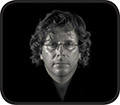
About the Author – Will Prentice (www.capturaphoto.ca) is a professional photographer based out of Whitby, Ontario and Brand Specialist – Lighting for Amplis.
